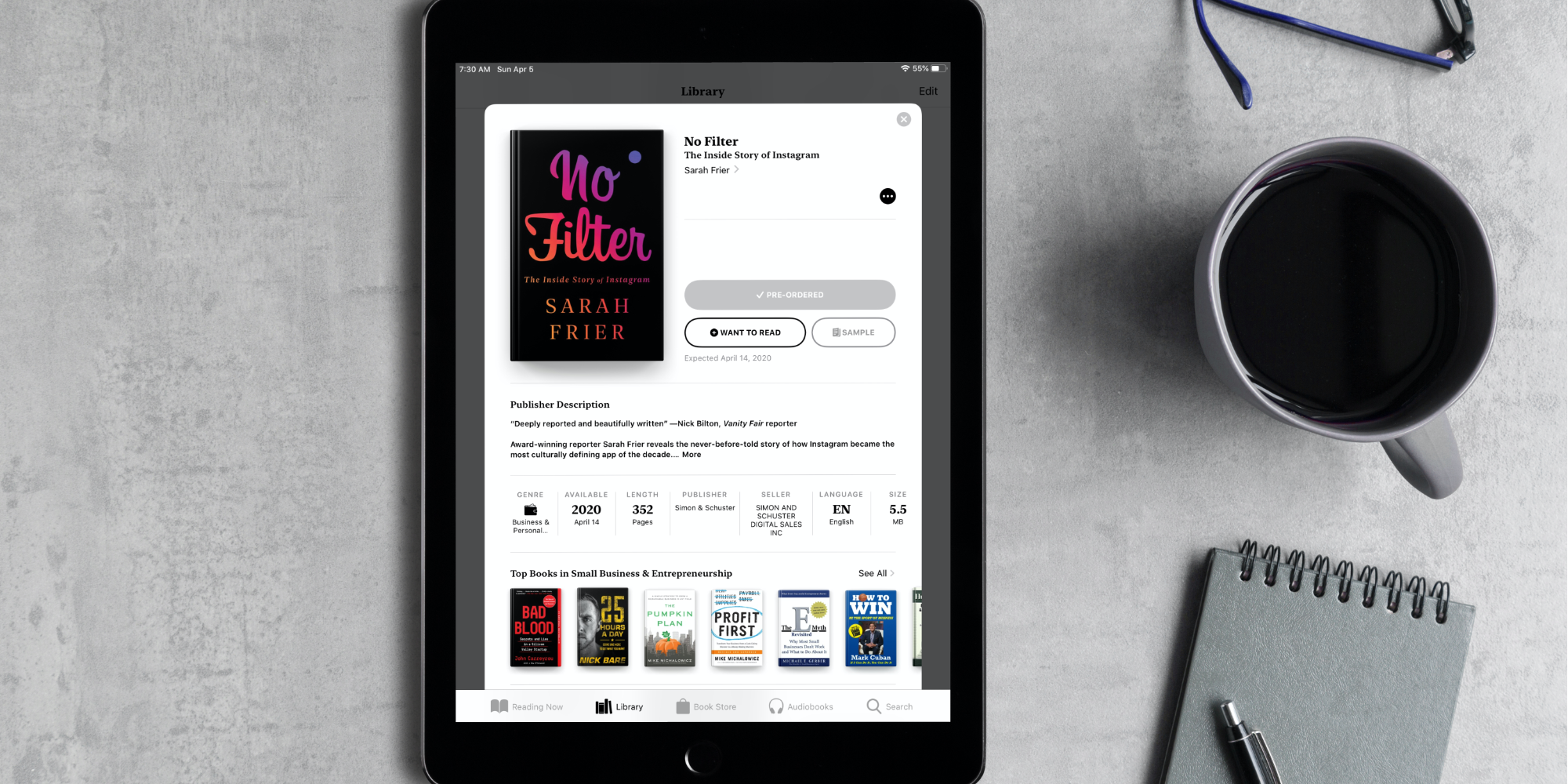

The Kindle is still connected to the internet, there just aren't any access points from the device. You can shut everything off, so you know that your child only has access to the content on the device and can't go exploring. Cloud is where your Kindle purchases are stored when not downloaded to a device - it's your complete online catalogue of content. That means you can, for example, disable the web browser and Kindle Store on that device, but leave access to Cloud.
KINDLE APP NOT SYNCING WITH PAPERWHITE PASSWORD
If you're giving your child a Kindle, you can opt to close off the major access points to the internet: web browser, Kindle Store and Cloud.Įach of these can be disabled, with parental controls getting password protection. Kindle has plenty of parental controls which is good place to start. This is how Amazon has really designed this arrangement to take place, specifically to cater for kids in an Amazon household. There there is Amazon Kids and Kids+ - previously called Fire for Kids or FreeTime - to consider as well. If you opt to have the Kindle on your account (or have a child use your Kindle/old Kindle/a Kindle Kids Edition), then you'll have to make sure you use parental controls to ensure they don't spend on your account, which makes things much simpler. You can always top up that pre-paid card for future purchases, but this is a rather convoluted approach. Using this means you can have a small value for some initial book purchases without having to worry about them emptying your bank account.

You could opt for a pre-paid credit card, however. If the child/Kindle has a personal account, then that account needs an email address as well as a payment method, which probably isn't what you want to do. If you're getting a new Kindle specifically for a child, then you need to decide whether you're going have it linked to their own Amazon account, or to your account. There's also a specific Kindle Kids Edition which will also talk about below.Ī Kindle needs to be registered to an Amazon account - this is how you get the content onto it. Here we're talking specifically about Kindle ebook readers, rather than Fire tablets, although in many cases, the same information applies. Whether you're buying a new Kindle specifically for a child, or letting them use one you already have, here's what you need to consider when setting-up a Kindle for your kids. There's a web browser for starters, as well as, potentially, your Amazon account through which they can buy books with wanton abandon. I believe there is at least one wireless solution for connecting your Kindle to your Calibre, but in the end I stuck with using the USB connection, as by the time I need to move some books around, I need a recharge, so i get a two for one deal (load and charge).(Pocket-lint) - The Amazon Kindle has established itself as a leading reading device and where you have reading, you hopefully have eager children.Īlthough real books, on paper, as well as using public libraries, should be something that all children experience, there's no denying that a Kindle has something to offer.īut a Kindle device, hooked into an Amazon account, offers a great deal of connectivity that you probably don't want your child to have. Once a week or so, I sit down at the PC, remove some books from my Kindles, mark them as read on Calibre (tag 'read'), add some new books to the appropriate kindle ('paperwhite' for reading in bed, 'keyboard' for text to speech while commuting) and tag the books I am currently reading in Calibre by the device they are on.
KINDLE APP NOT SYNCING WITH PAPERWHITE DOWNLOAD
My 1263 (current count) works are stored on Calibre, I download from Amazon, Smashword, Baen, Project Gutenberg, etc. I won't go into all it's advantages but, essentially it is your own personal library, that you can organize and store you books on, regardless of where it comes from. The only disadvantage the Calibre has it is a bit more difficult to connect wirelessly to your collection. I searched for solutions and read many articles & blogs, I strongly desired an Amazon/Kindle solution, the majority pointed to a single solution which I eventually adopted. I was trying to keep track organized with an Excel book. I personally have some OCD issues that require my books be in some kind of order that is not primary based on who I bought it from and when. If you have works from anyplace else, then the prospects get worse. If every book on your devices is from Amazon, then you can do some organizing at 'Your Account' > 'Manage Your Device' > 'Your Kindle Library' or by using the cloud. I am guessing you have already found Amazon's Organizing Your Kindle Content.


 0 kommentar(er)
0 kommentar(er)
